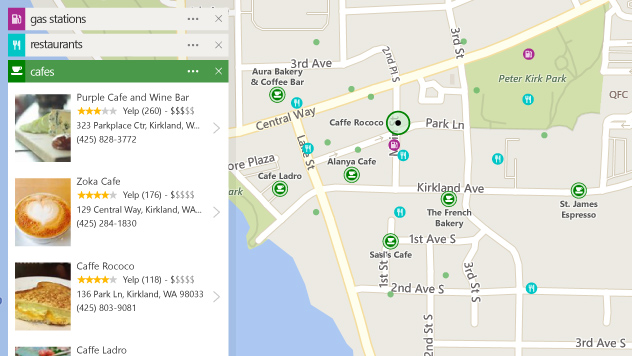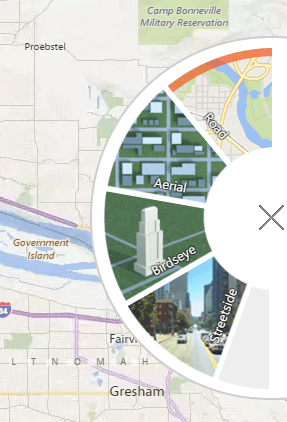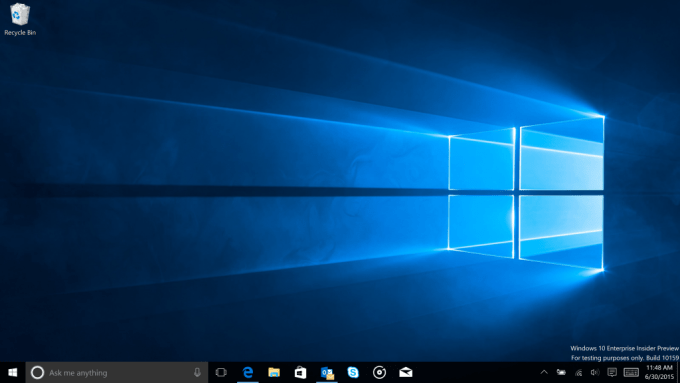Google (NASDAQ:GOOG) (NASDAQ:GOOGL) recently took an awkward step backwards in app design by adding splash screens to its apps. In the past, Google discouraged the use of splash screens, which caused apps to load more slowly. So why would Google bring these back now? The answer is simple -- to remind users who "owns" Android and the Google ecosystem. It also indicates that Google might be worried that Microsoft's (NASDAQ:MSFT) recent efforts to "colonize" Android with cross-platform apps could disrupt its ecosystem of services and apps. SOURCE: PIXABAY.
The problem with AndroidEarly on, Android had two core advantages: it was free and open-source. This enabled smartphone makers to install Android quickly and tweak the OS for their specific needs. Smartphone makers then tethered their devices to Google's services, which enabled Google to monetize search, mine data, and take a cut of Google Play app sales.
But as the Android smartphone market matured, smartphone makers' margins contracted due to the commoditization of the market. Meanwhile, Google added so many services to Android that critics accused the company of turning it into a closed-source OS. To make matters worse, Android device makers started pre-installing first-party "bloatware" to their devices to generate more revenue per device.
Companies also started "forking" Android and completely removing Google services from the OS. Amazon did this to create Fire OS, which uses the company's own app store and cloud services instead of Google's. Chinese smartphone makers did the same, since most Google services remained blocked across China. ABI Research estimates that forked devices accounted for 29% of all Android smartphone shipments in the fourth quarter of 2014. Ripe for disruptionMicrosoft, which controls less than 3% of the global smartphone market with Windows Phone, recognized a way to capitalize on that chaos -- by launching Android versions of its productivity apps to compete against Google's. OneDrive would compete against Google Drive, Word would tackle Docs, Outlook would challenge Gmail, and so on. Microsoft even brought its Cortana virtual assistant to Android and iOS, which could steal users (and their data) away from Google Now.
Since many Android users were using Google apps because they were pre-installed on smartphones, Microsoft asked Android OEMs to pre-install apps like Office, OneDrive, and Skype on their devices. To date, over 30 handset makers -- including Samsung, LG,Sony, and Dell -- agreed to pre-install Microsoft's apps on their new Android smartphones and tablets. MICROSOFT OFFICE FOR ANDROID. SOURCE: GOOGLE PLAY.
The pre-installation of those apps on Android is a major threat to Google, because of the automation of cloud-based apps. For example, both OneDrive and Google Drive prompt the user to automatically upload photos to the cloud. Since users don't need all their photos being uploaded to two services, they'll likely choose one over the other. If the user picks OneDrive instead of Google Drive, Google loses the ability to mine user data for targeted ads from those services.
How Microsoft could hijack AndroidThe beauty of Microsoft's plan is that is has little to lose in colonizing Android with its apps. It's simply letting its apps hitch a ride on some of the most popular Android handsets on the market.
As for its own Windows Phones, the upcoming upgrade to Windows 10 could convince Android and iOS app developers to port their apps over for two reasons. First, Microsoft will make it easier for iOS and Android developers to bring their apps to Windows 10 with a security container subsystem. Second, Windows 10 apps will be cross-compatible with phones, tablets, PCs, and Xbox Ones -- enabling developers to reach a massive market beyond mobile devices. On top of all that, Microsoft is reportedly developing a first-party emulation platform for Android apps on Windows 10 devices.
This means that with Windows 10, Microsoft could eventually close the "app gap" between Windows Phone's 385,000 apps and Google Play's 1.5 million apps.
Google needs more than splash screensGoogle's introduction of splash screens, which Forbes' Ewan Spence calls a "mind share" play, seems to be a weak response to Microsoft's aggression. Yet it's all Google can really do right now. It can't boot Microsoft's apps without being hit by anticompetitive accusations, and it doesn't want to antagonize handset makers by telling them which companies they can partner up with.
Investors should remember that although Android powers nearly 80% of smartphones worldwide, those devices only generate revenue for Google if users use its search engine, ecosystem apps, and make digital purchases from its Play Store. If Google gets cut off from that ecosystem by challengers like Microsoft, Android will simply become a free mobile launcher for other companies' apps.
3 Companies Poised to Explode When Cable DiesCable is dying. And there are 3 stocks that are poised to explode when this faltering $2.2 trillion industry finally bites the dust. Just like newspaper publishers, telephone utilities, stockbrokers, record companies, bookstores, travel agencies, and big box retailers did when the Internet swept away their business models. And when cable falters, you don't want to miss out on these 3 companies that are positioned to benefit.
Click here for their names. Hint: They're
not the ones you'd think!



 Even though Microsoft sold off some of its image collection assets, the new Bing Maps still highlights the company’s Streetside project (which is basically a copy of Google’s Street View). The tool now features a useful split-screen mode that shows the map at the bottom of the screen with the street-side view on top.
Even though Microsoft sold off some of its image collection assets, the new Bing Maps still highlights the company’s Streetside project (which is basically a copy of Google’s Street View). The tool now features a useful split-screen mode that shows the map at the bottom of the screen with the street-side view on top.

